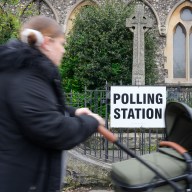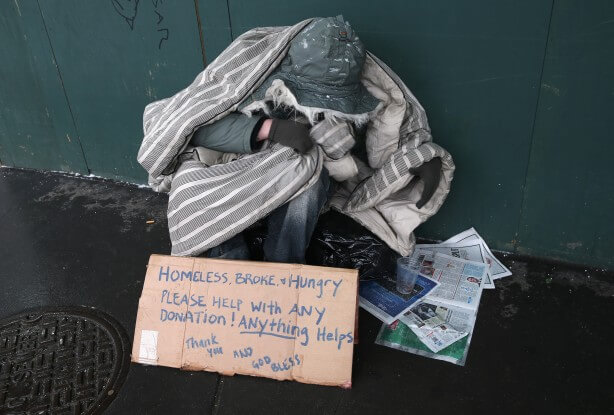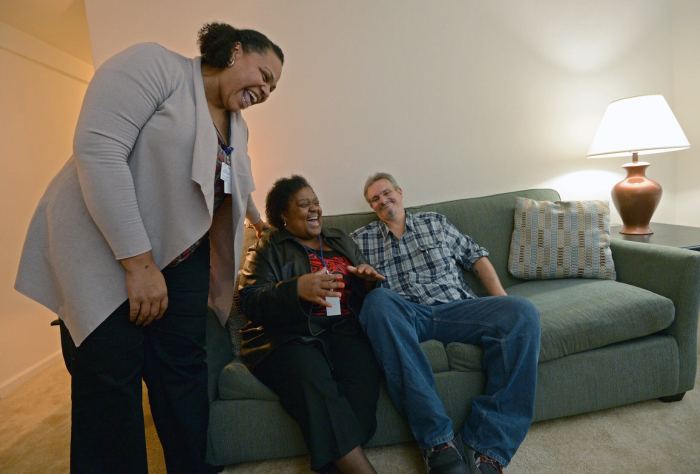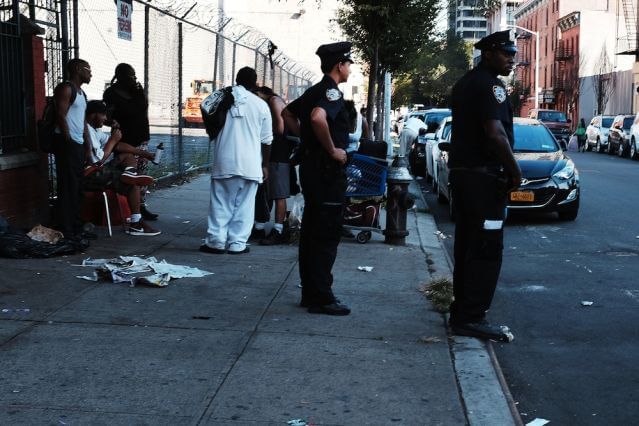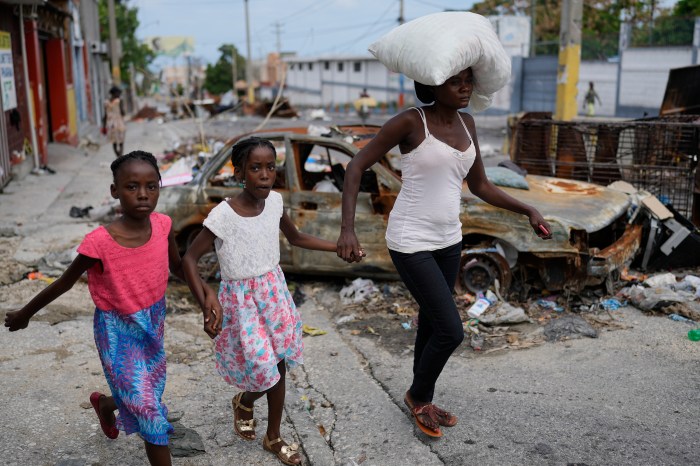For many of the Boston’s homeless, it can take some convincing to come out of the dangers of the bitter cold and into the warmth of a shelter.
It requires gentle touch and a familiar face to get the city’s homeless population to head indoors, said Michael Andrick, director of outreach services for the Pine Street Inn on Harrison Avenue. “That relationship is key,” Andrick told Metro. He said staff work throughout the year on “building that therapeutic alliance where someone is going to trust you enough that they’re willing to consider some other options other than sleeping on the street.” With low temperatures in the forecast and the chilliest part of the season approaching, staff at Pine Street say they are ramping up efforts to find at-risk homeless Bostonians and shuttle them to its facility. Two vans, with two or three staff members apiece, travel around the city, hitting hot spots like Downtown Crossing or areas surrounding South Station – one during the day, another at night.
When the forecast calls for cold, he said, “it’s all hands on deck.”
RELATED: Polar vortex brings frigid temps, snow ahead of Valentine’s Day Many don’t want or are reluctant to take help, said Lyndia Downie, Pine Street’s president and executive director.
They may have mental health issues, or may be addicted to drugs, she said. Others fear losing their spot on the street, or worry their possessions will be stolen, she said, speaking to reporters on Thursday. Also, staff members said, many would just prefer not to have to stay in a shelter, which can be a cramped, hectic environment.
“It’s overwhelming, particularly for men who haven’t been here before or haven’t experienced homelessness in this large environment,” said Josh O’Brien, Pine Street’s men’s shelter director. He told Metro the staff can make accommodations for those who aren’t used to staying in shelters – finding them a bed at the end of a row, for example, rather than one in the middle – the goal being to keep people from choosing to head back outside just because they’re uncomfortable. “We try to take, even if it’s just a few minutes of personal time, to just get to know somebody a little bit – what their concerns are, what their needs are,” O’Brien said. “There are also limitations about what we can do.” RELATED: One homeless veteran housed per day last year
The facility at this time of year is frequently over capacity, he said. The men’s shelter has 380 beds, but has housed as many as 500 or more. When beds are full, the rest of the men sleep in cots or on the floor in body-length rectangular cushions. A number of factors are driving an increase in demand for beds, Downie said, pointing to a tight housing market and an ongoing opioid abuse crisis.
Also, since the closure of a shelter on Long Island in 2014, the city has less “flexibility” for influxes or people seeking help during the cold, she said. The facility coordinates with other city resources – speaking on the phone “almost every half hour” – to find somewhere for people to keep warm, then transport them there. Still, that process can be turbulent, she said.
“It’s not what I would call ideal for anybody,” she said. “It’s a lot of running around for people who are homeless.”
Speaking to reporters, Downie urged those who spot people outside in the cold who might be in danger to call 911. She said homelessness outreach organizations also accept tips, but first-responders can arrive much more quickly than shelter staff. RELATED: Revamped Southampton Street shelter brings hope for the homeless No one has died in the cold this year, she said, nor did anyone die during last year’s particularly harsh season.
But she said cold weather can be especially dangerous for those in the homeless population who already have health issues
“We can do the best we can but it doesn’t mean we’re not going to lose somebody,” she said.
Wayne S., meanwhile, didn’t need to be convinced when it came time to get help at the shelter. A friend from Alcoholics Anonymous brought him there about three years ago, he said, and he’s been staying at Pine Street frequently since then. The 48-year-old asked reporters not to print his last name. “They’ve always been really good people, so I trusted them,” he told reporters. “I gave my trust to them and they’ve done nothing but help me since I’ve been here.”
As dangerous chill rolls in, it’s ‘all hands on deck’ at Boston shelter
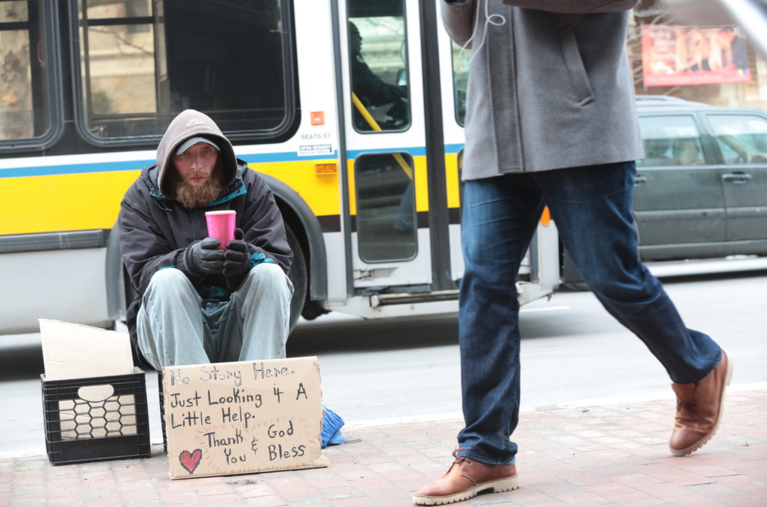
Nicolaus Czarnecki/Metro






